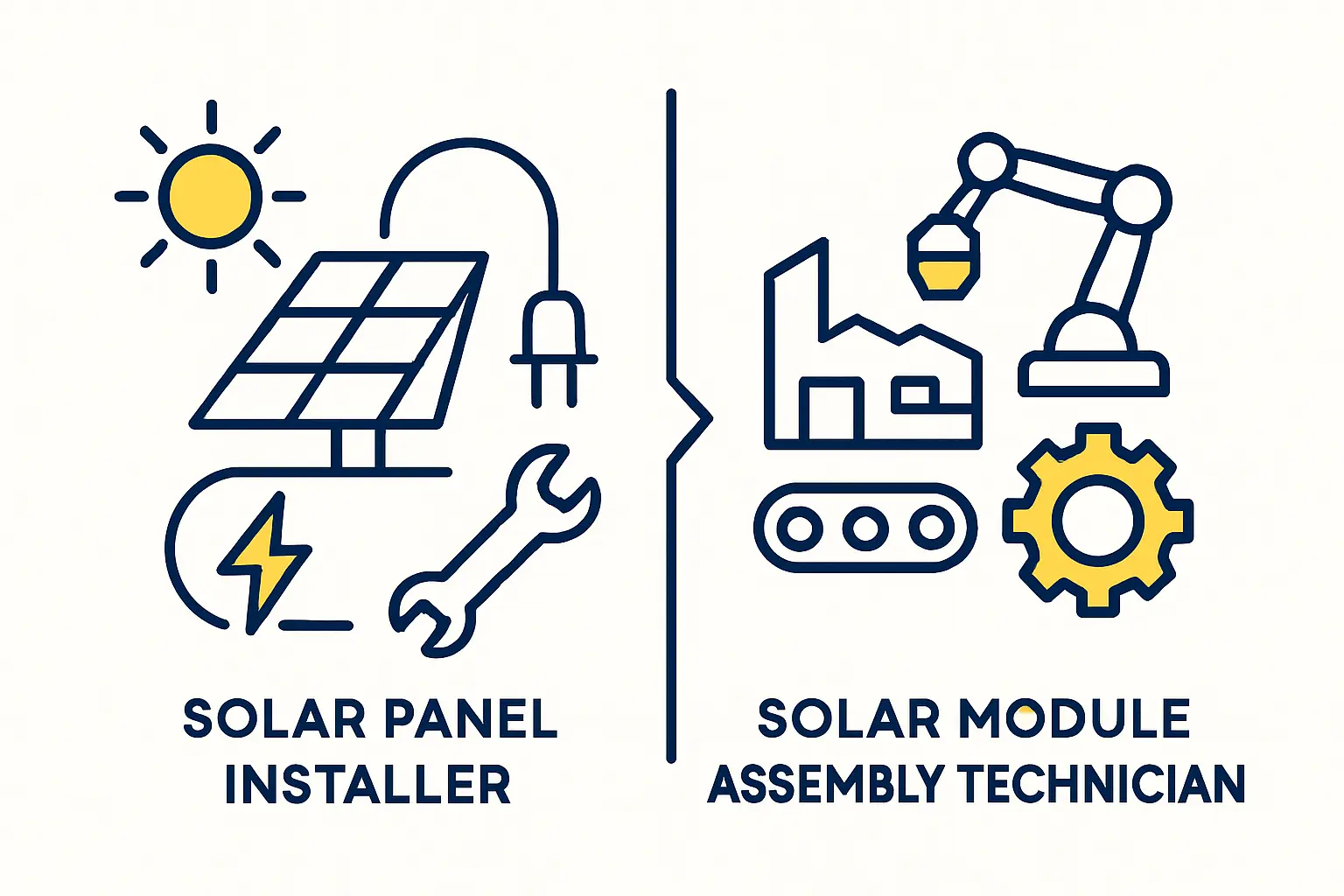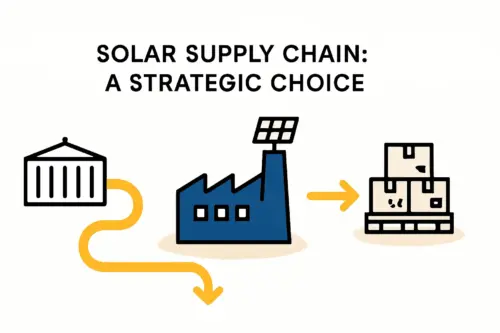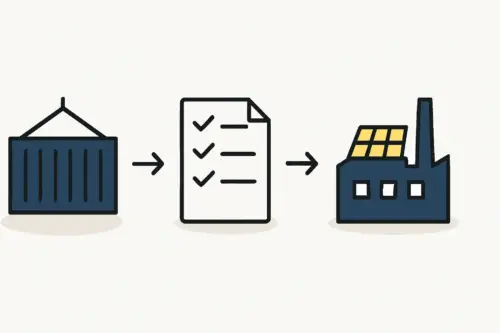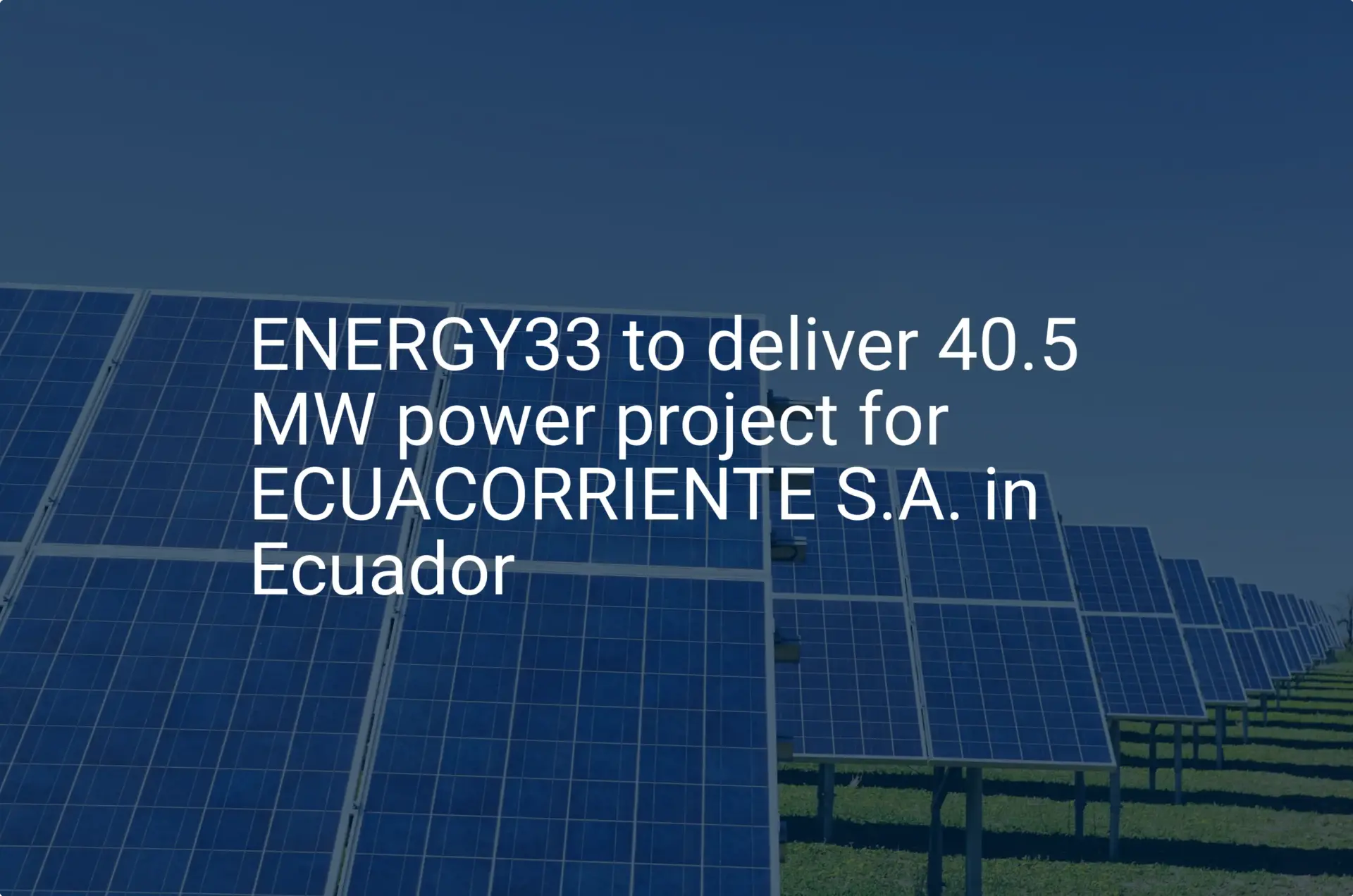An entrepreneur considering a solar module factory often focuses first on machinery and capital, but experience shows the most critical long-term investment is in the workforce. Investors in emerging markets frequently ask whether the local labor pool has the necessary skills for such a technically precise operation.
This analysis uses Ecuador as a case study to demonstrate how a skilled and efficient workforce for a modern solar module assembly plant can be developed, even without a pre-existing solar industry. The principles outlined here apply to many regions undergoing similar industrial development.
Assessing Ecuador’s Labor Landscape for Advanced Manufacturing
Determining feasibility begins with understanding the local economic and educational context. According to World Bank data, Ecuador’s GDP per capita is approximately USD 6,300, with a GINI index of 45.7—indicators of a developing economy with a significant pool of available labor.
While the country may not have a specialized solar manufacturing sector, its universities, such as the Escuela Politécnica Nacional, produce graduates with solid foundations in electrical and mechanical engineering. These graduates represent a pool of technically competent individuals who can be trained for supervisory and management roles. For operator positions, the general manufacturing and assembly sectors provide a base of workers already familiar with industrial processes and quality standards.
Global trends also support such a venture. A report from the International Renewable Energy Agency (IRENA), for instance, highlights consistent growth in renewable energy employment worldwide. Establishing a production facility in Ecuador not only addresses a business opportunity but also contributes to local economic development and high-skill job creation, aligning with national industrial goals.
Core Team Structure for a 50 MW Production Line
A semi-automated 50 MW solar module production line typically requires a workforce of 25 to 30 people per shift for efficient operation.
A standard operational team includes:
-
Production Manager (1): Oversees all line activities, from raw material intake to final product output, ensuring quality and quantity targets are met.
-
Quality Control Supervisor (1-2): Responsible for implementing quality checks at every critical stage, including cell testing, electroluminescence (EL) inspection, and final module testing.
-
Maintenance Technicians (2-3): With skills in both electrical and mechanical systems, they handle preventative maintenance, troubleshooting, and machine calibration to minimize downtime.
-
Machine Operators (20-24): Assigned to specific stations such as the stringer machine, bussing station, laminator, and framer. Their performance directly impacts production efficiency and module quality.
Initial training is paramount. Guided by experienced engineers from the equipment supplier, this phase transforms a group of new hires into a coordinated production team.

Essential Skills and Tailored Training Programs
The skills required for solar module assembly are more about aptitude and trainability than prior experience. Drawing parallels from the U.S. Bureau of Labor Statistics’ profile for “Assemblers and Fabricators,” ideal candidates possess:
-
Manual Dexterity: Handling solar cells and soldering connecting ribbons requires steady hands and precision.
-
Attention to Detail: Spotting microcracks in cells or alignment issues before lamination prevents costly defects.
-
Ability to Follow Technical Instructions: Operations must adhere strictly to manufacturing execution system (MES) protocols to ensure consistency and traceability.
Fortunately, these are teachable skills. A new workforce can reach a high level of proficiency through a structured training program focused on the specific tasks of the production line. For example, soldering busbars is a delicate process that demands practice and a keen eye for quality, directly impacting the module’s long-term performance and reliability.
The physical solar module factory layout is designed to support this structured workflow. The layout ensures that each station logically follows the next, minimizing material movement and creating clear areas of responsibility for each operator.

Structuring an Effective Training Curriculum
Based on data from multiple J.v.G. Technology GmbH turnkey projects, a comprehensive training program typically spans four to six weeks. The objective is to build competency sequentially, from basic theory to hands-on operation. A crucial part of this process can begin even before the equipment arrives on-site, during the factory acceptance test (FAT), where key personnel get their first hands-on experience with the machines.
A typical training schedule is structured as follows:
-
Week 1: Theoretical Foundations. This phase covers solar cell technology, module construction principles, material science, and safety protocols. The goal is for every team member to understand why each step is important.
-
Weeks 2-3: Hands-On Machine Operation. Trainees learn to operate each piece of equipment, from the stringer to the final tester. This phase is led by experienced engineers from the equipment provider.
-
Weeks 4-5: Quality Control and Maintenance. The team learns to identify common defects using EL and IV testers. Maintenance technicians receive specialized training on machine calibration and preventative service.
-
Week 6: Process Integration and Ramp-Up. The full line is run as an integrated system, starting at a slower speed. The focus shifts to workflow coordination, communication, and achieving initial production targets.

Salary Expectations and Budgeting in the Ecuadorian Context
Setting competitive and fair compensation is vital for attracting and retaining talent. In a market like Ecuador, salaries for specialized manufacturing roles must be competitive with the national average wage.
While exact figures depend on local market conditions at the time of hiring, a general framework can be established:
-
Machine Operators: A starting salary of 1.5 to 2 times the average industrial wage can attract motivated individuals with good mechanical aptitude.
-
Technicians and Supervisors: Compensation should be significantly higher to reflect their technical skills and responsibilities, potentially 3 to 4 times the average industrial wage.
This wage structure not only secures the necessary talent but also establishes the factory as a desirable local employer, reducing turnover and fostering a stable, experienced workforce over the long term.
FAQ: Building Your Solar Workforce in Ecuador
What is the ideal educational background for a machine operator?
A technical high school diploma or vocational training in mechanics or electronics is beneficial but not strictly necessary. The most important attributes are a strong work ethic, attention to detail, and the ability to learn hands-on tasks.
How long does it take for a new team to reach full production capacity?
Following the initial 4-6 week training period, a ramp-up phase of an additional 3 to 6 months is typical. During this time, the team refines its coordination, increases speed, and stabilizes production yield and quality.
Is it necessary to hire foreign experts?
For the initial setup and training phase, engaging experienced engineers from your equipment supplier is essential. Their primary goal is knowledge transfer—training local managers and supervisors who will then lead the team independently. A plan for phasing out reliance on foreign experts should be in place from the start.
What are the biggest challenges in workforce development?
The two most common challenges are instilling a consistent quality control mindset and establishing a robust safety culture. Quality cannot be inspected into a product; it must be built in at every step. Likewise, safety protocols must be non-negotiable from the first day of operation.
Ultimately, the success of a solar module factory in Ecuador, or any emerging market, hinges on a methodical approach to workforce development. The available labor pool provides a strong foundation, but structured training, clear processes, and expert guidance transform that potential into a high-performing production team. For investors, focusing on human capital is the most reliable path to building a resilient and profitable manufacturing operation. A partner with experience in setting up turnkey solar module production lines can provide the necessary framework and expert guidance for this critical process.






